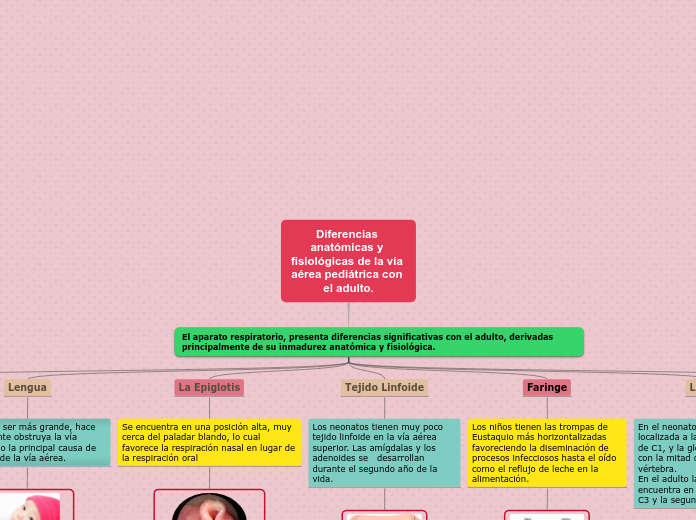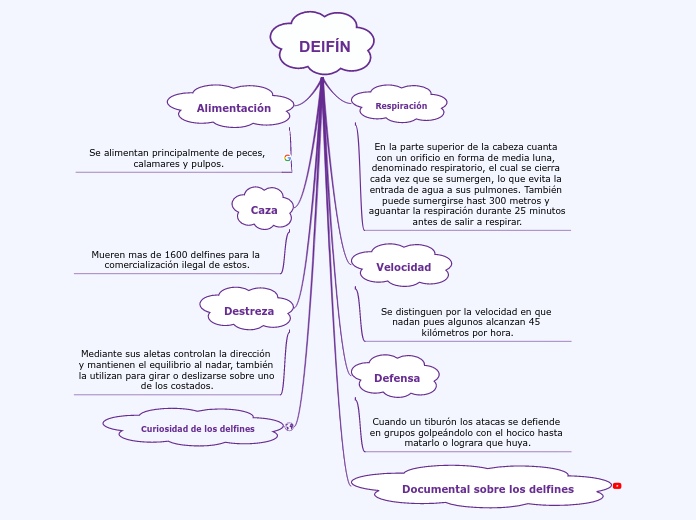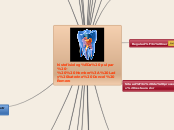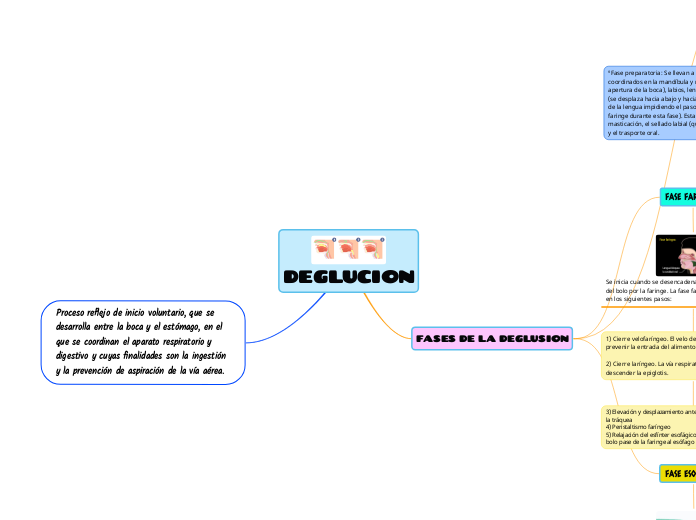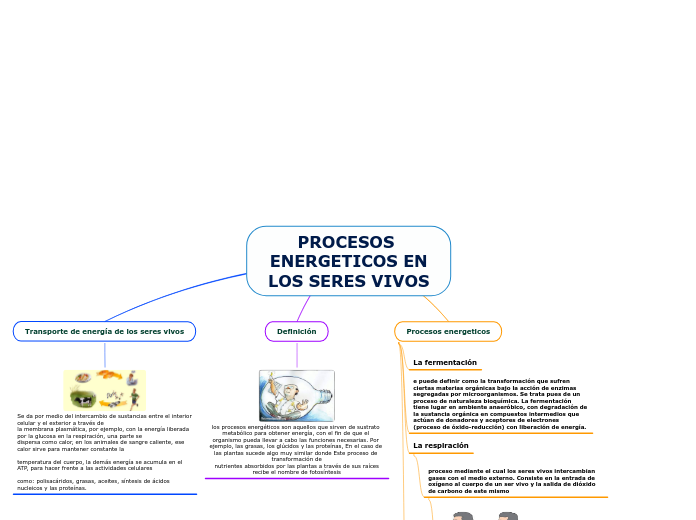Vía aérea baja
Diafragma
El diafragma y los músculos intercostales del prematuro y del recién nacido son pobres en miofibrillas tipo I, que permiten los movimientos repetitivos sin fatiga, por lo que cualquier condición que aumente el trabajo ventilatorio puede generar fatiga muscular rápidamente y llevarlos a la falla respiratoria.
Movimientos del diafragma
Alveolos
La fase alveolar se prolonga hasta los 2-3 años, con aumento del número más que del tamaño de los alvéolos
Entre los 3 y 8 años, ocurre crecimiento pulmonar por aumento del número y también del tamaño de los alvéolos.
Toráx óseo
La gran flexibilidad de la pared torácica en los neonatos y lactantes aumenta el trabajo respiratorio.
Flexibilidad de la pared torácica
Tráquea
En el lactante, la dirección de la tráquea es caudal y posterior , la carina es ancha. En el adulto es medial y recta.
Type in a relevant quote that highlights the character's point of view towards
Vía aérea baja.
Try following a citation format: author's name, chapter, and page.
Example: 'Jesse drew the way some people drank whiskey. (...) Lord, he loved to draw. (...) When he was in first grade, he told his father that he wanted to be an artist when he grew up.' (Paterson, 2. 7)
A menor luz traqueobronquial, mayor riesgo de
obstrucción
Diferencias
anatómicas y
fisiológicas de la vía
aérea pediátrica con
el adulto.
Type in the name of the multiple-perspectives text.
Example: Bridge to Terabithia by Katherine Paterson
El aparato respiratorio, presenta diferencias significativas con el adulto, derivadas principalmente de su inmadurez anatómica y fisiológica.
Identify an important issue from the text that is being presented from different angles. Type it in.
Example: Jesse's drawing talent.
Cuerdas vocales
En el lactante se encuentran inclinadas, su eje es oblicuo hacia abajo y adelante a diferencia de la del adulto, donde el eje de la glotis es perpendicular a la tráquea.
Cuerdas vocales niño y adulto
Laringe
En el neonato, la laringe está localizada a la altura del cuerpo de C1, y la glotis se relaciona con la mitad del cuerpo de esta vértebra. En el adulto la primera se encuentra en el borde inferior de C3 y la segunda a nivel de C5
Laringe de un adulto y un niño
Faringe
Los niños tienen las trompas de Eustaquio más horizontalizadas favoreciendo la diseminación de procesos infecciosos hasta el oído como el reflujo de leche en la alimentación.
Trompas de Eustaquio horizontalizadas
Tejido Linfoide
Decide on the fourth point of view
Type in the name of the last character whose perspective on the issue you are going to present.
Example: Leslie Burke, Jesse's new next-door neighbor, and best friend.
Los neonatos tienen muy poco tejido linfoide en la vía aérea superior. Las amígdalas y los adenoides se desarrollan durante el segundo año de la vida.
Point of view
Type in a relevant quote that highlights the character's point of view. Try to follow a citation format: author's name, chapter, and page.
Example: I can't get the poetry of the trees,' he said. She nodded. Don't worry,' she said. You will someday. He believed her.' (Paterson, 4. 24)
Tejido linfoide
How is the viewpoint introduced in the story?
Choose an answer:
First person point of view - using the personal pronouns 'I' or 'we'Second person point of view - using the personal pronoun 'you'Third person point of view - using the third-person pronouns 'he', 'she' and 'they'Omniscient point of view - an all-seeing observer tells the story
La Epiglotis
Decide on the second point of view
Name the character (it can either be the main character or one of the supporting characters) whose point of view you are presenting.
Example: Miss Edmunds, Jesse's music teacher.
Se encuentra en una posición alta, muy cerca del paladar blando, lo cual favorece la respiración nasal en lugar de la respiración oral
Type in a quote that points out the character's position about the issue.
Try to follow a citation format: author's name, chapter, and page.
Example: 'She said he was unusually talented, and she hoped he wouldn't let anything discourage him.' (Paterson, 2. 8)
Epiglotis en forma de Ω
How is the viewpoint introduced in the story?
Choose an answer:
First person point of viewSecond person point of viewThird person point of viewOmniscient point of view
Lengua
Whose character does the third point of view belong to?
Type in his/her name.
Example: Mr. Aarons, Jesse's father.
La lengua al ser más grande, hace que fácilmente obstruya la vía aérea, siendo la principal causa de obstrucción de la vía aérea.
What does the character think, say or do that suggests their perspective on the issue?
Type in a quote and try to maintain the citation format.
Example: 'He would like to show his drawings to his dad, but he didn't dare. (...) He'd thought his dad would be pleased. He wasn't. What are they teaching in that damn school? he had asked.' (Paterson, 2.8)
Lengua ocupa completamente la cavidad oral y orofaríngea
What kind of narration introduces the viewpoint?
Choose an answer:
First person point of view - using the personal pronouns 'I' or 'we'Second person point of view - using the personal pronoun 'you'Third person point of view - using the third-person pronouns 'he', 'she' and 'they'Omniscient point of view - an all-seeing observer tells the story
Nariz
Decide on the first point of view you are going to present.
Type in the name of the character (it can either be the main character or one of the supporting characters) whose point of view belongs to.
Example: Jesse Oliver Aarons, Jr., the main character of the novel, a fifth-grader living in a rural Southern area.
Los neonatos tienen narinas estrechas por lo que la obstrucción nasal, puede desencadenar dificultad respiratoria.
Type in a relevant quote that highlights the character's point of view towards
El aparato respiratorio, presenta diferencias significativas con el adulto, derivadas principalmente de su inmadurez anatómica y fisiológica..
Try following a citation format: author's name, chapter, and page.
Example: 'Jesse drew the way some people drank whiskey. (...) Lord, he loved to draw. (...) When he was in first grade, he told his father that he wanted to be an artist when he grew up.' (Paterson, 2. 7)
Obstrucción nasal
What type of narration introduces the viewpoint?
Choose an answer:
First person point of view - using the personal pronouns 'I' or 'we'Second person point of view - using the personal pronoun 'you'Third person point of view - using the third-person pronouns 'he', 'she' and 'they'Omniscient point of view - an all-seeing observer tells the story
